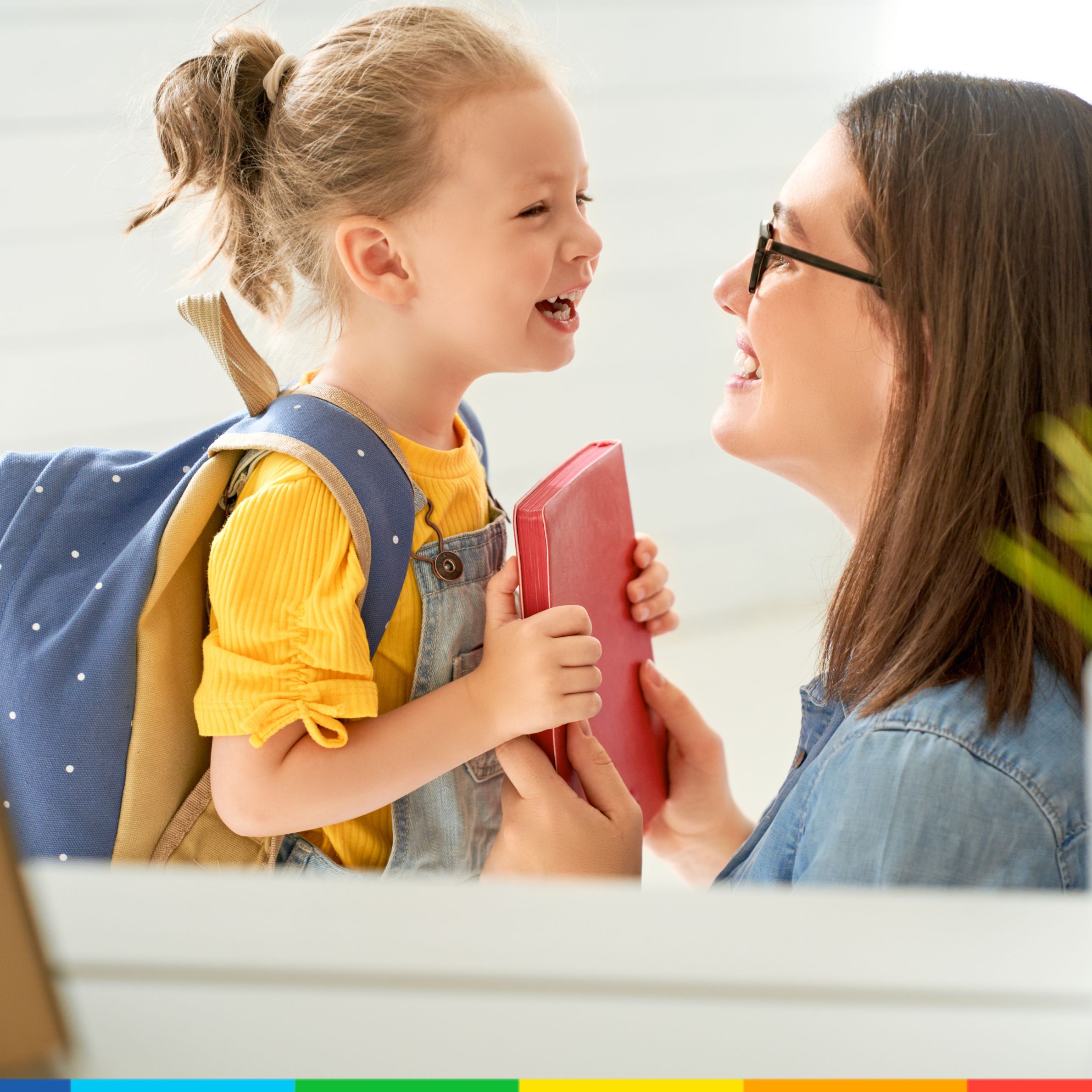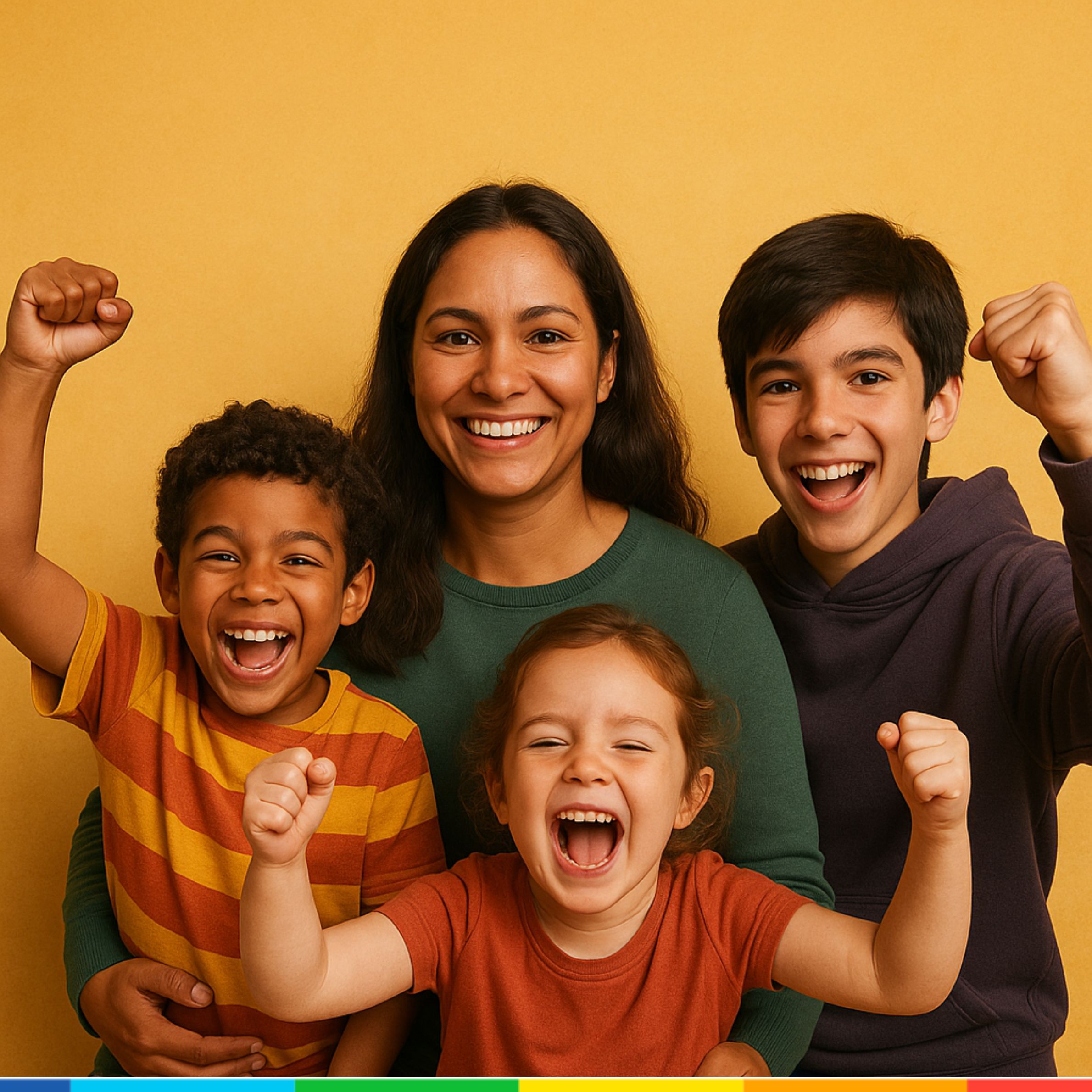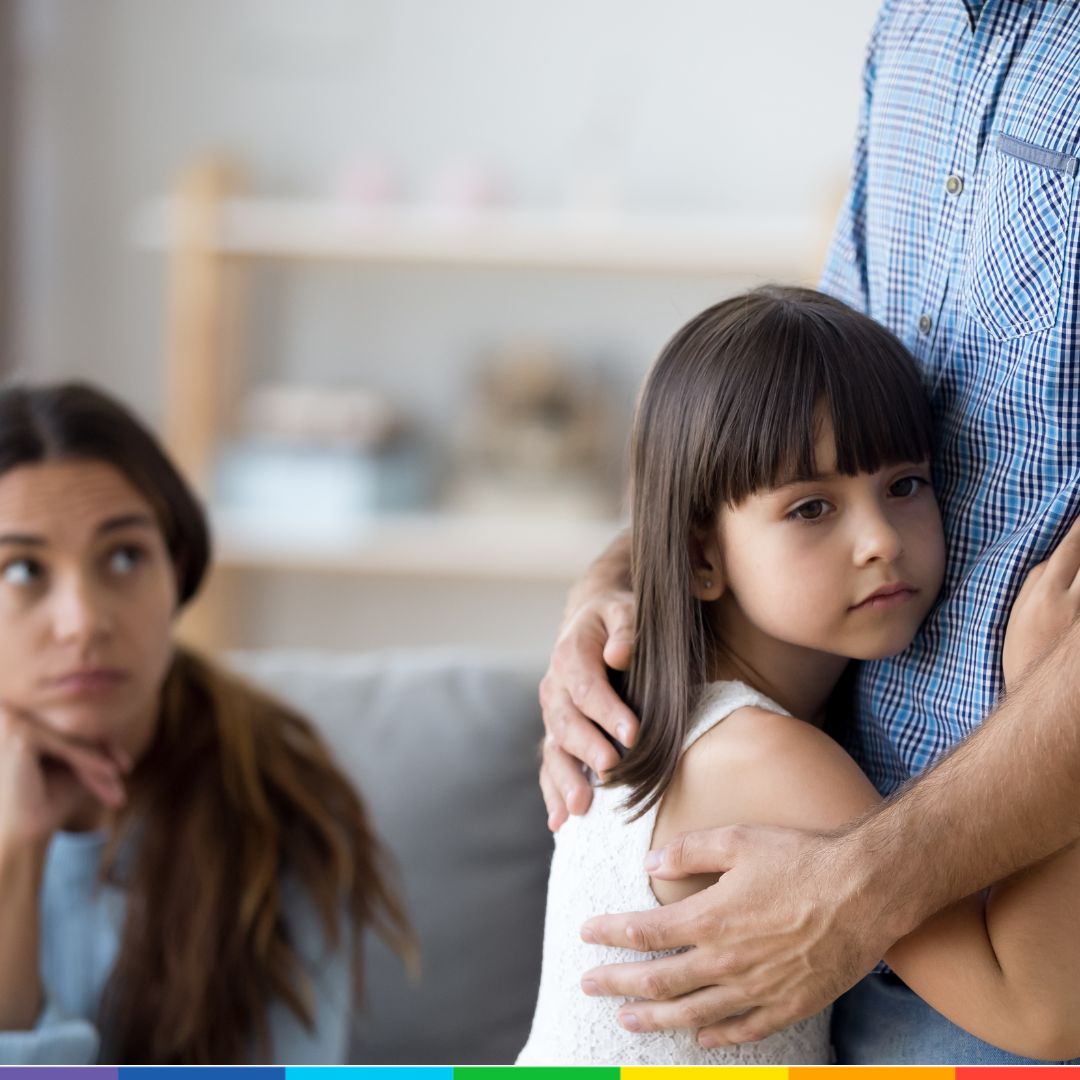
Parenting Tips
Gratitude Practice for Kids – Powerful and Beneficial
October 1, 2024
Related
Topics

Hey
-

Back to School: How to Prepare for a Smooth First Day?
September 1, 2025
-

How to Build Resilience in Children? – Never Give Up!
August 8, 2025
-

Parents Saying ‘No’ – How to Set Limits Without Guilt?
July 15, 2025
-

-

Green Parenting: How to Make Your Home More Eco-Friendly?
April 24, 2025
Ready for more?
Hey
Sign up for Rainbow Kiddies newsletters for more stories and updates
Gratitude practice is a powerful aspect of mindfulness. Encouraging children to reflect on what they are thankful for can foster positivity, emotional well-being, and resilience. Gratitude practice doesn’t need to be complicated. It can be as simple as having your child share one thing they are grateful for at the end of each day.
Meanwhile, if you have not read the precursor to this post where we had discussed about mindfulness in general and various options to practice, have a look.
What is Gratitude?
Gratitude can be tricky to define because it manifests in different ways. Sometimes it’s seen as a quality or trait, other times as a behavior, emotion, or feeling. Researchers Robert Emmons and Michael McCullough describe gratitude as a two-step process: (1) recognizing that one has received a positive outcome, and (2) acknowledging that an external source contributed to this positive outcome. This means that gratitude not only acknowledges what we have but also recognizes that others have contributed to our well-being.
Interestingly, some studies suggest that gratitude evolved from the need for altruism in animals, where helping others was essential for survival. Research has even identified specific brain areas and genes linked to experiencing gratitude. One thing is clear: the roots of gratitude run deep in us and in nature.
Why Gratitude Practice Matters for Children
For children, planting the seeds of gratitude early can benefit them throughout their lives. Gratitude helps kids appreciate what they have, fosters contentment, and enhances their emotional intelligence. A 1938 study of Swiss children aged 7 to 15 found that younger children expressed concrete gratitude (reciprocating a gift with another gift), while older children expressed verbal gratitude (thanking someone). Research shows that as children grow, they become better at expressing gratitude. Recent studies also emphasize the role that parents and the environment play in fostering gratitude. So yes, as caregivers, you can make a significant difference.
A Personal Example of Gratitude
I recall a moment with my 2-year-old at a restaurant when she thanked the waiter after being served. The waiter was so delighted that he kept checking on her throughout the meal. I’ve also seen faces of security guards light up when she thanks them for opening the door for her. Every time she does this, I feel proud, thinking that I’ve done something right. She seems to understand that these people are helping her and that they deserve appreciation. Now I realize that this behavior is likely a combination of instincts, genetics, and brain development too. But I also know that if she is to maintain this as she grows, I need to continue nurturing it consciously.
How to do Gratitude Practice with Kids?
Fostering gratitude in children doesn’t have to be complex. Here are a few simple ways you can introduce gratitude practices into daily life:
Through Writing
- Gratitude Journal: Encourage your child to keep a daily gratitude journal. Each day, have them write down or share one or two things they are thankful for. This could be something as simple as a sunny day, a kind friend, or a favorite toy. This is best done at the end of the day, if possible together. You can also let them discuss why they are thanking all those people or objects. This will help them feel gratitude still deeper and feel more content and happy at the end of the day.
- Gratitude Jar: Create a family gratitude jar. Have each family member write something they are grateful for on a slip of paper and place it in the jar. At the end of the week or month, read the notes together as a family. This will be a lot of fun as well. It could turn out to be an exciting family activity that the kids will start looking out for.
- Thank You Notes: Teach your child to write thank you notes, whether for gifts or for kindness they’ve received. This practice helps them understand the importance of acknowledging others.
Through Activities
- Volunteer Together: Involve your child in activities that help others, such as volunteering or donating toys and clothes. Helping those in need fosters a sense of appreciation for what they have and instills empathy.
- Gratitude Before Bed: Make gratitude a part of your bedtime routine. Before your child goes to sleep, ask them to think about one good thing that happened during the day. This helps end the day on a positive note and fosters a sense of contentment. Else you could get them to write about it in a journal as explained earlier.
- Model Gratitude: Children learn best by example. Express your gratitude openly. Thank the people around you, from your partner to the grocery store clerk, and let your child see that gratitude is a part of daily life.
Benefits of Gratitude Practice
The benefits of gratitude practice go far beyond simply making people feel good. According to the paper The Science of Gratitude by the Greater Good Science Center at UC Berkeley, here are some key advantages of practicing gratitude:
- Emotional Well-Being: Grateful people tend to be happier, more content, and emotionally balanced. Gratitude helps reduce feelings of depression, anxiety, and burnout, and fosters resilience in challenging times.
- Physical Health: Studies have shown that gratitude is linked to better physical health. Grateful people tend to have fewer symptoms of illness, lower blood pressure, and even improved heart health. Gratitude has also been linked to better sleep quality.
- Psychological Health: Gratitude can guard against negative thinking patterns. By shifting the focus from what’s lacking to what’s abundant or enough, it helps combat feelings of jealousy, envy, and discontent.
- Stronger Relationships: Gratitude enhances social skills and encourages kindness and empathy. In relationships—whether familial, social, or professional—gratitude strengthens bonds and increases the longevity of healthy relationships. Expressing appreciation to loved ones fosters connection and deepens emotional ties.
- Improved Self-Esteem: Gratitude helps people, including children, focus on what they have rather than what they lack. This positive mindset boosts self-esteem and encourages a more optimistic outlook on life.
- Building Resilience: Grateful people are better able to cope with stress and challenges. Gratitude can help shift perspective, making it easier to find silver linings in difficult situations.
The Ripple Effect of Gratitude
Gratitude has a ripple effect. When we feel grateful, we tend to express it to those around us, creating a chain reaction of positivity. A simple thank you can brighten someone’s day, and they, in turn, may pass that feeling on to others. By expressing gratitude, we are not just improving our own well-being but also spreading joy and strengthening relationships.

At Rainbow Kiddies, we created a gratitude journal called My Gratitude Journal for little ones to nurture gratitude in them. While this quality might be challenging to instill, it has a long-term payoff in fostering emotional health. Gratitude for the little things, people, and moments in life help children value and appreciate the world around them. It enhances not only emotional well-being but also social and psychological well-being.
Final Thoughts
Gratitude is something that grows both within and around us. When we feel grateful, we spread that feeling to others, creating a cycle of positivity. So never hesitate to say thank you. Remember, you’re not just planting the seeds of gratitude—you’re also nurturing love, kindness, and strong relationships that will stand by you in times of need. And, of course, the little ones who look up to you are watching and learning every step of the way. 😊
Happy parenting!
Want Rainbow Kiddies' updates sent straight to your inbox? And also get a surprise welcome gift!




